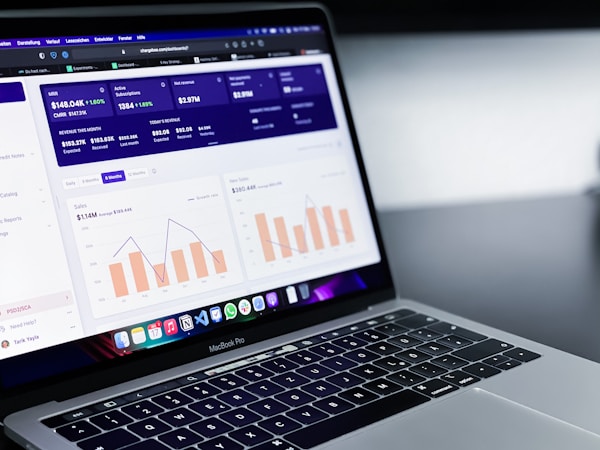Predictive analytics has become one of the most powerful tools in business strategy today. By using data and analytics to predict future trends, businesses can make more informed decisions about where to allocate resources and how to position themselves to take advantage of future opportunities. In this article, we’ll explore the role of predictive analytics in business strategy and how businesses can use it to their advantage. Keep reading to learn more.
What is predictive analytics?

Predictive analytics is the practice of using data mining and machine learning techniques to make predictions and analytics strategies about future events. There are several best practices for using predictive analytics in your business. One is to use historical data to build models that predict future events. Another is to use different methods to analyze the data, such as artificial intelligence. You should also test your models regularly and revise them as needed.
And finally, you should always use predictive analytics in conjunction with other business strategies, such as marketing and sales goals.
What is a business strategy?

Business strategies vary depending on the type of business, its size, location, and a variety of other factors. However, some general principles apply to all companies. A critical element of any business strategy is a clear understanding of the company’s goals and objectives. What is the company trying to achieve? Another critical element is understanding the company’s strengths and weaknesses. What are its main competitive advantages, and what areas need improvement?
Once these factors have been considered, the next step is to develop a plan of action. What specific steps need to be taken to achieve the company’s goals? What resources are needed, and how can they be obtained? A final important element of any business strategy is a realistic assessment of potential risks and potential challenges. What could go wrong, and what can be done to minimize the risk of these problems occurring? With a clear understanding of these basic principles, any business can develop a strategy tailored to its specific needs and goals.
What industries are best suited for predictive analytics?
Predictive analytics is used today in various ways, and several industries are well-suited for predictive analytics. One is the retail industry, where retailers can use past purchase data to predict what products a customer will buy in the future. This can help retailers stock the right products and improve their sales forecasting. Another industry that is well-suited for predictive analytics is the healthcare industry. Hospitals can use past patient data to predict which patients are most likely to develop a particular illness or require a specific type of treatment.
This allows hospitals to plan ahead and ensure they have the resources they need to provide care for those patients. The banking industry is also well-suited for predictive analytics. Banks can use past customer data to predict which customers are likely to default on their loans. This allows banks to take steps to prevent loan defaults before they happen. Banks also use predictive analysis to identify fraudulent transactions and protect against credit card fraud.
How do you implement predictive analytics?
There are many different ways to implement predictive analytics, and the right approach for your business will depend on your specific needs and situation. However, there are some general steps that you can follow to get started. The first step in implementing predictive analytics is to define your goals and objectives. What do you hope to achieve with predictive analytics? What questions do you hope to answer?
The second step is to gather your data. This data will be used to train and model your predictive analytics algorithm. There are many different types of predictive analytics algorithms, so you will need to choose the one that is best suited for your data and goals. The fourth step is to train your algorithm. This will involve feeding your data into the algorithm and allowing it to learn how to predict future events.
The fifth step is to test and refine your algorithm to ensure that it is accurate and effective. The sixth and final step is to put your algorithm into action. This will allow you to start predicting future events and making informed decisions based on your data.








